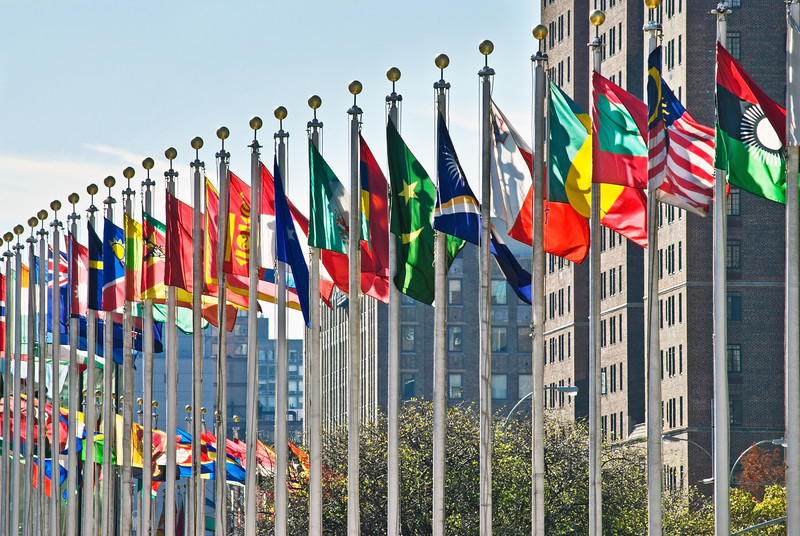Despite budgeting to record a loss of GH¢136.45 million in the first six months of this year, the Electricity Company of Ghana (ECG) suffered a net loss of GH¢1.15 billion as of June 2018.
This is largely due to foreign exchange losses resulting from the cedi depreciation, lower tariffs and strong growth in inefficiencies.
The half-year loss was more than double the loss the company posted in the whole of 2017. Last year, ECG recorded a loss of GH¢521.95 million – the highest since 2014, according to its statement of comprehensive income for the period ending June 30, 2018.
The document, which is available to the GRAPHIC BUSINESS further shows that ECG’s losses for 2017 and the first half of this year are a reversal of a GH¢725.55 million profit that it enjoyed in 2016.
Although management of the ECG did not reply to requests for comment on the income statement, the company’s Managing Director, Samuel Boakye-Appiah, is said to have told the Parliament’s Select Committee on Mines and Energy that the firm’s losses could deteriorate further to over GH¢2 billion by December 2018.
Hoping for better
For years, ECG, which distributes and supplies power to six regions in the south, has been a victim of myriad of factors, including the cyclical nature of debts in the energy sector, where every player owns the other, the government’s indebtedness to state-owned enterprises (SoEs), the perennial cedi depreciation and lower-than-proposed tariffs.
Of essence now is the timing of its current losses. They come at a time a consortium of investors, headed by the Manila Electric Company (Meralco) of the Philippines, is due to assume the power distribution mandate of the company under a private sector participation (PSP) arrangement meant to inject efficiency into its operations.
Known as the ECG concession, the deal is to infuse private sector expertise, efficiencies and unlock new investments into ECG’s operations. It is scheduled to kick off in February next year, the Minister of Finance, Mr Ken Ofori-Atta, said on November 15.
Once effective, Meralco, not ECG again, will now be distributing power to consumers according to the concession agreement that Parliament approved in July this year.
Next tariff window
The ECG’s current losses also come at a time the Public Utility Regulatory Commission (PURC) is reviewing the proposals of SoEs in the utility business, including that of ECG, to arrive at a tariff regime for next year.
A commissioner at PURC told the GRAPHIC BUSINESS in confidence that the commission had since been meeting the SoEs over their proposals and that the ECG’s losses would “definitely” be factored into the decision on tariffs.
“Whatever revenue losses or gaps that have arisen will have to be factored into the next pricing,” he said. It meanwhile declined to say if the losses would mean an increase in tariffs for ECG to help make up.
The Executive Director of energy sector think-tank, Institute of Energy Security (IES), Paa Kwasi Anamua Sakyi, however, said in a separate interview that his outfit was aware ECG and the Ghana Grid Company Limited (GRIDCo) were demanding an upward adjustment in tariffs to enable them to be efficient and competitive in the coming year.
Reasons for losses
ECG’s income statement showed that the company’s losses swelled to GH¢1.15 billion at a time the cedi lost about 2.37 per cent of its value to the US dollar and system losses – a reference to the amount of electricity that was lost to inefficiencies during distribution and supplies – was reported at 23.89 per cent.
ECG said in the document that the FX losses amounted to GH¢531.6 million and GH¢80.6 million in 2017 and the first half of this year respectively.
Despite collecting its revenues in cedis, the company’s costs, mostly payments for power off-take from independent power producers (IPPS) and investments in network infrastructure are in foreign currencies.
Another glaring cause of the company’s strong loss position was also the lower tariff regime for this year compared to what IPPs charge for the wholesale of power to ECG.
The PURC in March this year gazetted a tariff of 42.98 pesewas (GHp) per kilowatt-hour (kWh) for ECG although IPPs were later charging GHp59/kWH.
ECG’s income statement showed that as a result of the variation in the price per a kilowatt of power purchased and sold, the company suffered a revenue deficit of GH¢38.25 million in the first quarter of this year.
In the second quarter, however, the company charged GHp57.27/kWh – slightly higher than the IPPs charge of GHp59 – and that, according to the document, led to a GH¢9.77 million positive variation in the revenues within the period.
Overall, however, the revenue variation was a deficit of GH¢28.48 million for the first half of the year.
The commissioner at the PURC explained that although the utilities, including ECG, were allowed to charge below the gazette tariff, “they could not go above it.”
Credit: Graphic Business



